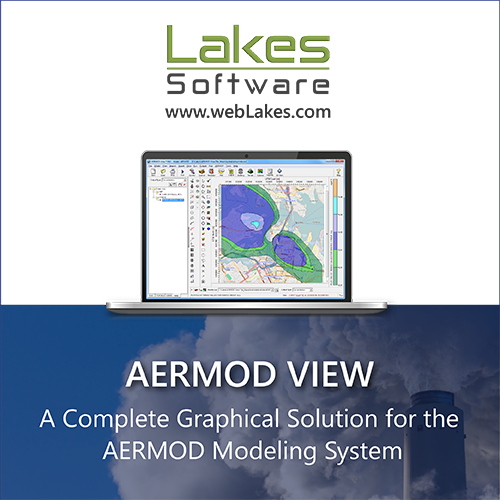Aerosol optical properties and direct radiative effect over Gobabeb, Namibia
DOI:
https://doi.org/10.17159/caj/2019/29/2.7518Keywords:
aerosol optical depth, volume size distribution, radiative forcing, single scattering albedo, MODISAbstract
Atmospheric aerosols contribute significantly to the uncertainty in radiative forcing effects that influence the climate and pose a significant health risk to humans. The climatic implications of aerosols are dependent on many variables, including aerosol size, shape, chemical composition, and position in the atmospheric column. The radiative impact of aerosols transported over the west coast of southern Africa has been found, in particular, to be complicated by the aforementioned aerosol properties. This study investigated the columnar optical properties of aerosols over Gobabeb, Namibia (23.56oS, 15.04oE, 400 m asl) using sunphotometer data between December 2014 and November 2015. Aerosol mean optical depth AOD500 had its maximum and minimum values in 2015 August (0.37±0.30) and June (0.06±0.02), respectively. The Angström parameter was mostly above unity during the study period and indicated the prevalence of fine particles for the most part of the year with maximum and minimum values observed in August 2015 (1.44±0.19) and December 2014 (0.57±0.19), respectively. The columnar water vapor was highest in January (2.62±0.79) and lowest in June (0.76±0.27). The volume size distribution showed the fine particles having a mean radius of about 0.16 μm and the coarse mode had variation in sizes with a radius ranging between 3 μm and 7 μm. The single scattering albedo at visible wavelengths ranged between 0.87 and 0.88. The phase function was high at small angles but minimum at about 140o in all seasons. The radiative forcing showed a heating effect in all seasons with maximum and minimum in winter (9.41 Wm-2) and autumn (3.64 Wm-2), respectively. Intercomparison of the sunphotometer data with the Moderate Resolution Imaging Spectroradiometer (MODIS) showed that the satellite sensor overestimates the aerosol loading compared to the ground-based sunphotometer measurements. Both sets of observations were better correlated during the spring and winter seasons than for summer and autumn.
Downloads
Downloads
Published
Issue
Section
License
Copyright (c) 2019 ASSAf OJS Site Administrator; Joseph Adesina

This work is licensed under a Creative Commons Attribution 4.0 International License.

All articles are published under a Creative Commons Attribution 4.0 International License; copyright is retained by the authors. Readers are welcome to reproduce, share and adapt the content without permission provided the source is attributed.








.png)